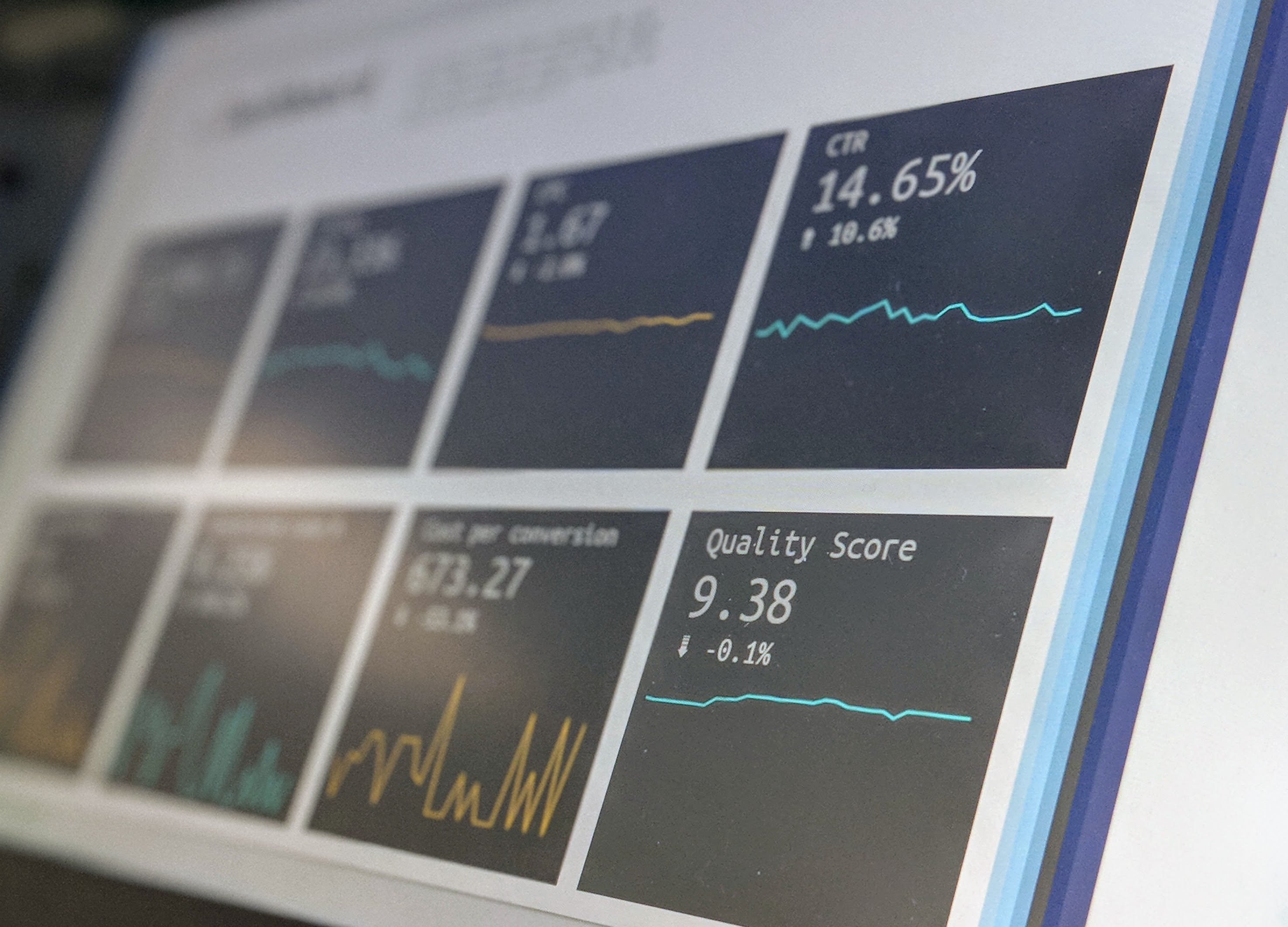
08 Nov The Reality of Artificial Intelligence
Machine learning and artificial intelligence are often used interchangeably and are often thought to have the same meaning. However, they are not one and the same. Machine learning is simply the process of developing artificially intelligent systems–computer systems that are able to perform tasks that are typically thought to require human knowledge. These tasks include visual perception, speech recognition, decision-making, and language translation, among other things.
Today’s smartphones are replete with artificial intelligence. For example, Siri combines speech recognition and decision-making capabilities to find users the information they need. The Health application can monitor pulse and provide data about the user’s beats per minute. Google Translate translates languages for the user, bypassing the need for a human translator.
These multiple artificial intelligence capabilities can be combined to form a collective knowledge among devices, in which each device or system shares information with the other nodes on the network. This “Internet of Things” forms the basis for modern smart homes. Smartphone applications can now use speech recognition technology to turn off the lights or change the temperature at home from afar. This allows users to save money on electricity and/or heating bills, use energy more efficiently, and reduce their carbon footprint.
The potential uses of artificial intelligence appear boundless. Students here at NEXIS are exploring its current abilities and examining how it can be most responsibly used in the future.



Sorry, the comment form is closed at this time.